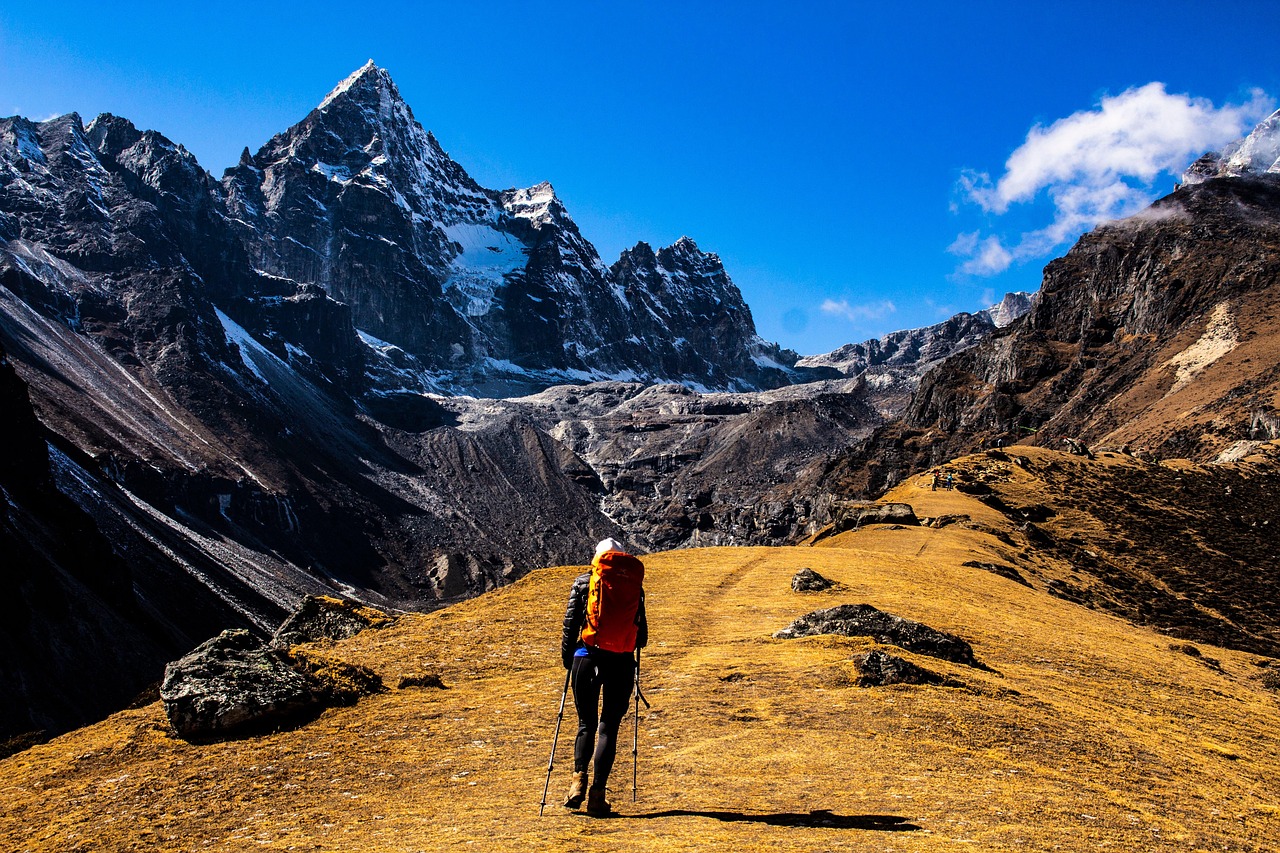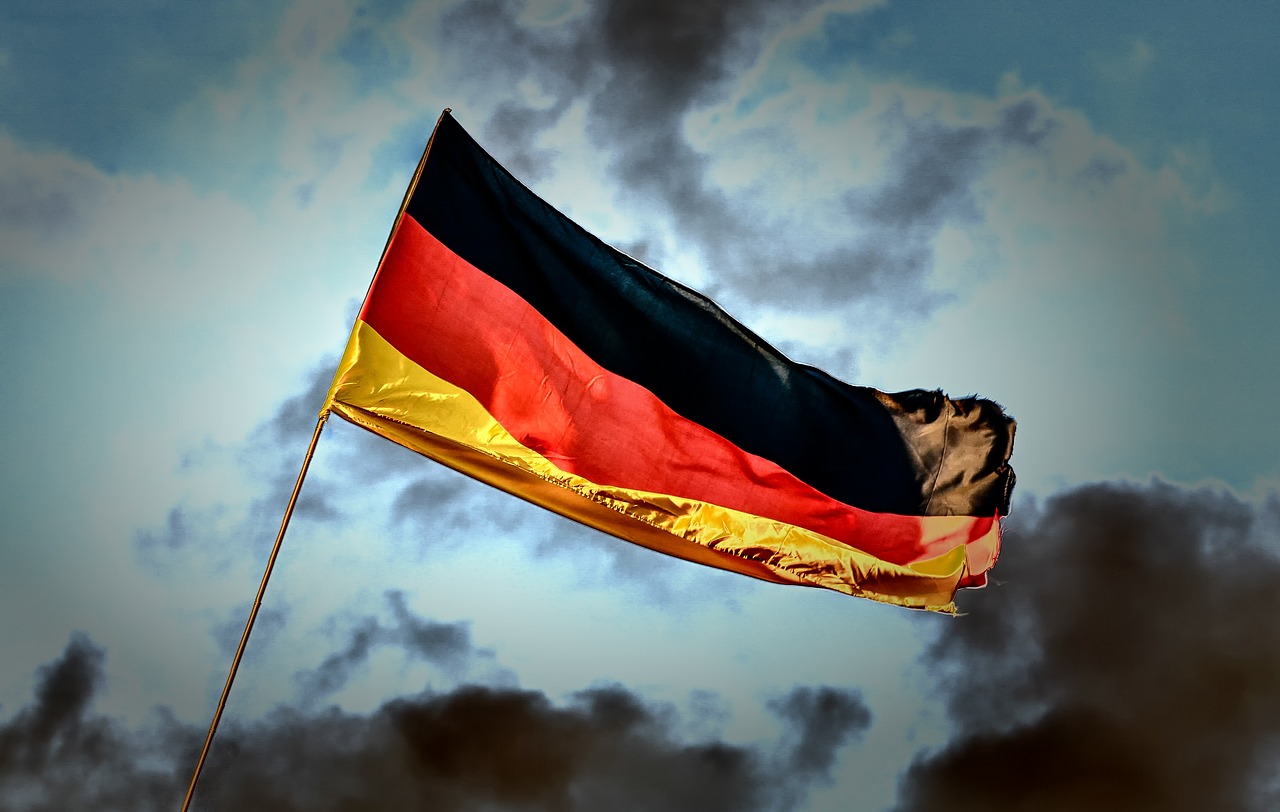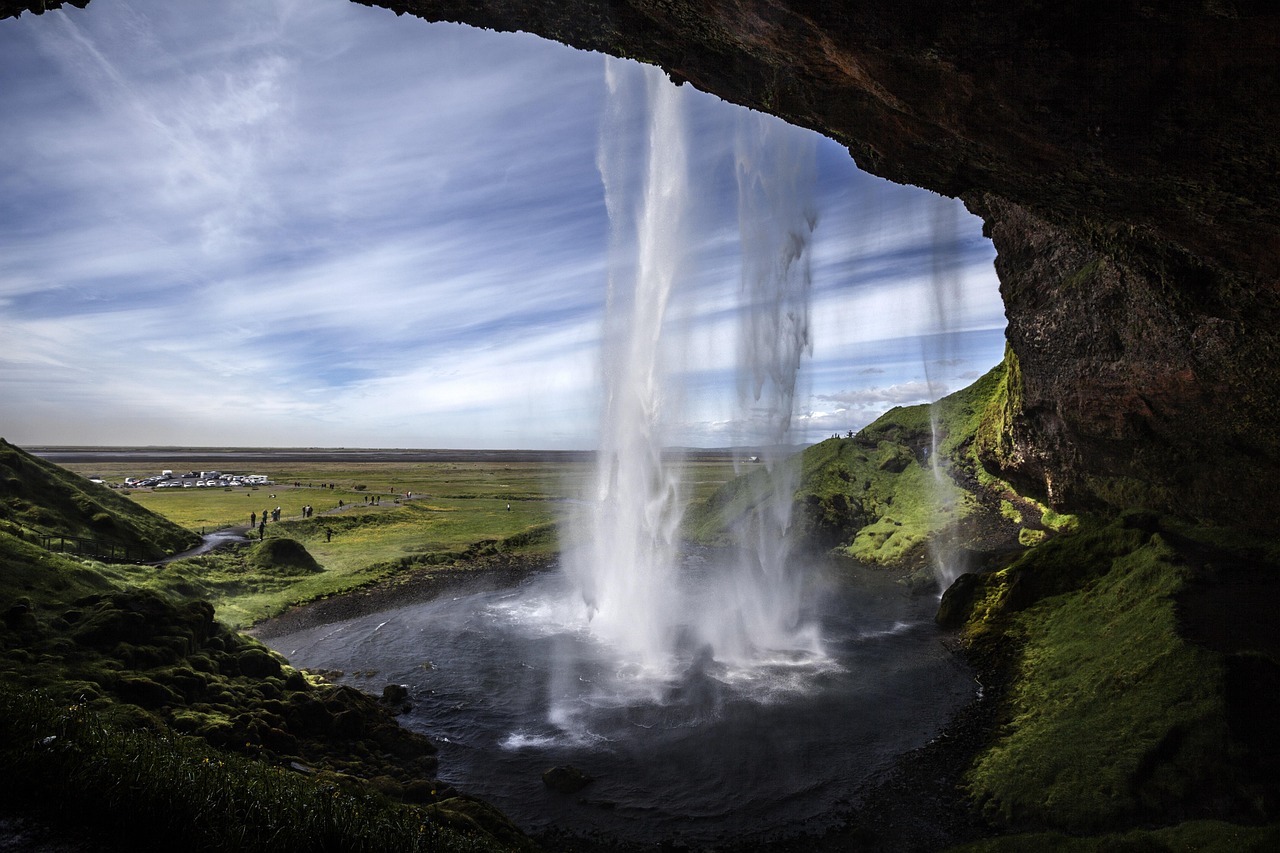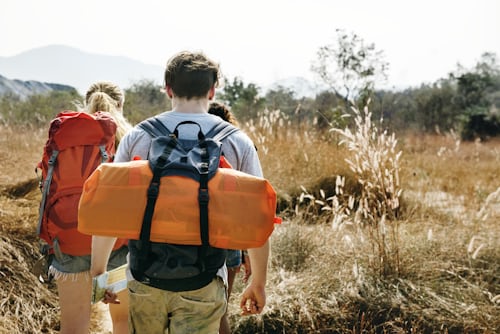Canada, the world’s second-largest country, is a treasure trove of natural wonders, vibrant cities, and cultural gems. From the rugged peaks of the Rockies to the charming cobblestone streets of Quebec, there’s something for every traveler. Whether you’re chasing adventure, history, or just a quiet escape, this guide dives into the 10 best places to visit in Canada, handpicked for their beauty and unique experiences. As someone who’s wandered through Canada’s diverse landscapes, I’m excited to share personal insights, practical tips, and a sprinkle of humor to help you plan an unforgettable trip.
Why Visit Canada?
Canada’s appeal lies in its diversity—think towering mountains, pristine lakes, and cities that blend old-world charm with modern vibes. It’s a place where you can ski in the morning and surf by afternoon, or sip maple syrup while gazing at the Northern Lights. With a reputation for safety and welcoming locals, it’s perfect for solo travelers, families, or couples. Let’s explore the top 10 destinations that make Canada a must-visit in 2025.
1. Banff National Park, Alberta
Nestled in the heart of the Canadian Rockies, Banff National Park is a postcard come to life. Its turquoise lakes, like Lake Louise and Moraine Lake, are so stunning they’ll leave you questioning reality. I once stood at Moraine Lake at sunrise, camera in hand, feeling like I’d stepped into a painting. This UNESCO World Heritage Site is a haven for hikers, skiers, and photographers.
Why Banff Stands Out
Banff’s dramatic mountain scenery and abundant wildlife make it a bucket-list destination. It’s accessible from Calgary, just a 90-minute drive, and offers year-round adventures. Whether you’re a thrill-seeker or a luxury traveler, Banff delivers.
Top Things to Do
- Hike Johnston Canyon: A scenic trail with waterfalls that’s manageable for all skill levels.
- Ride the Banff Gondola: Soar to Sulphur Mountain for jaw-dropping views.
- Canoe on Lake Louise: Paddle in turquoise waters surrounded by snow-capped peaks.
Pros and Cons
| Pros | Cons |
|---|---|
| Stunning natural beauty | Crowded in peak summer |
| Diverse outdoor activities | Accommodation can be pricey |
| Accessible from Calgary | Limited budget dining options |
Insider Tip: Visit in September for fewer crowds and vibrant fall colors. Book accommodations early to snag deals at places like The Juniper Hotel.
2. Quebec City, Quebec
Quebec City feels like a slice of Europe in North America. Its UNESCO-listed Old Town, with cobblestone streets and the iconic Château Frontenac, is straight out of a fairy tale. I wandered these streets one winter, sipping hot chocolate as snowflakes danced around, and it felt like living in a snow globe.
A Taste of French Canada
This 400-year-old city blends French heritage with Canadian warmth. It’s perfect for history buffs and romantics, especially during the Winter Carnival.
Must-Do Experiences
- Explore Old Quebec: Wander through historic streets and visit Place Royale.
- See Montmorency Falls: A 272-foot waterfall that’s taller than Niagara.
- Dine on Poutine: Try this Quebecois classic at a local bistro like La Buche.
Pros and Cons
| Pros | Cons |
|---|---|
| Rich history and culture | French language barrier for some |
| Charming, walkable streets | Cold winters require heavy clothing |
| Vibrant festivals year-round | Tourist-heavy in summer |
Insider Tip: Stay at Auberge Saint-Antoine for a boutique hotel experience with historic charm. Learn basic French phrases to connect with locals.
3. Niagara Falls, Ontario
Niagara Falls is Canada’s rockstar attraction, drawing millions with its thunderous beauty. Standing on the Maid of the Mist boat, feeling the spray on my face, was like being in the middle of a nature-powered spectacle. It’s not just a waterfall—it’s an experience.
Why Niagara Falls is Iconic
This natural wonder offers thrilling activities and nearby wineries, making it ideal for families and couples. It’s easily accessible from Toronto, just a 90-minute drive.
Top Activities
- Maid of the Mist Boat Tour: Get up close to the falls’ power.Set featured image
- Journey Behind the Falls: Walk tunnels for a unique perspective.
- Visit Niagara-on-the-Lake: Explore charming wineries and historic streets.
Pros and Cons
| Pros | Cons |
|---|---|
| Breathtaking natural wonder | Very touristy, especially in summer |
| Variety of attractions | Parking can be expensive |
| Close to Toronto | Some activities are pricey |
Insider Tip: Stay at The Tower Hotel for stunning falls views. Visit in spring or fall to avoid peak crowds.
4. Vancouver, British Columbia
Vancouver is where city life meets nature’s playground. I biked along Stanley Park’s seawall, with ocean views on one side and skyscrapers on the other, and it felt like the best of both worlds. This coastal gem is perfect for urban adventurers and outdoor lovers.
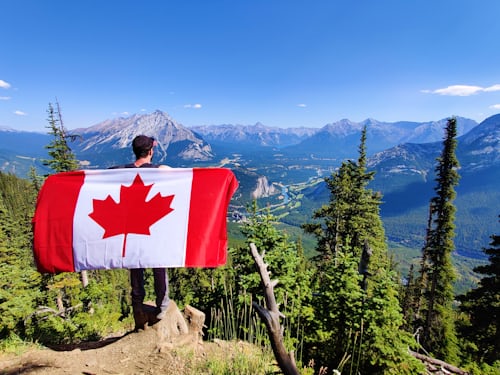
Urban Meets Wilderness
Surrounded by mountains and ocean, Vancouver offers hiking, skiing, and cultural attractions. It’s a melting pot of cultures, with vibrant food and art scenes.
Must-Visit Spots
- Stanley Park: Bike or walk the 10-km seawall.
- Granville Island: Shop at markets and enjoy waterfront dining.
- Capilano Suspension Bridge: Cross this thrilling 230-foot-high bridge.
Pros and Cons
| Pros | Cons |
|---|---|
| Stunning natural surroundings | High cost of living impacts prices |
| Diverse food and culture | Rainy weather, especially in winter |
| Easy access to outdoor activities | Traffic can be congested |
Insider Tip: Stay at OPUS Vancouver in Yaletown for a trendy, boutique vibe. Visit in spring for mild weather and cherry blossoms.
5. Toronto, Ontario
Toronto, Canada’s largest city, is a cultural powerhouse. I got lost in the vibrant chaos of Kensington Market, sampling global cuisines, and felt like I’d traveled the world in one afternoon. From the CN Tower to diverse neighborhoods, Toronto is a must for urban explorers.
A Multicultural Hub
Toronto’s diversity shines in its food, festivals, and neighborhoods. It’s a great base for day trips to Niagara Falls or Prince Edward County.
Top Attractions
- CN Tower: Enjoy panoramic views from the observation deck.
- Kensington Market: Explore eclectic shops and street food.
- Toronto Islands: Ferry over for beaches and bike trails.
Pros and Cons
| Pros | Cons |
|---|---|
| Vibrant cultural scene | Expensive accommodations |
| Excellent public transit | Busy and crowded in peak seasons |
| Diverse dining options | Cold winters |
Insider Tip: Stay at Shangri-La Toronto for luxury and central access. Use the TTC subway to navigate easily.
6. Tofino, British Columbia
Tofino, on Vancouver Island’s west coast, is Canada’s surfing capital with a bohemian soul. I watched surfers tackle Long Beach’s waves while sipping coffee at a beachside café, feeling utterly at peace. It’s a haven for nature lovers and laid-back travelers.
Surf and Serenity
Tofino’s rainforest trails and stormy winter seas make it a year-round gem. It’s a 45-minute flight or scenic drive from Victoria.
Must-Do Activities
- Surf Long Beach: Take lessons or watch pros ride the waves.
- Hike Pacific Rim National Park: Explore lush rainforest trails.
- Visit Hot Springs Cove: Boat to natural hot springs for a unique soak.
Pros and Cons
| Pros | Cons |
|---|---|
| Stunning coastal scenery | Remote location requires planning |
| Relaxed, artsy vibe | Limited budget accommodations |
| Unique outdoor experiences | Rainy much of the year |
Insider Tip: Stay at The Shoreline Tofino for surf-shack charm. Book a winter storm-watching package for a cozy adventure.
7. Montreal, Quebec
Montreal is a city of contrasts—historic cobblestone streets meet modern skyscrapers. I spent a summer evening at the Jazz Festival, swaying to music under the stars, and it felt like the city was alive with energy. It’s a cultural hotspot with a European flair.
A Cultural Melting Pot
Montreal’s French-English blend creates a unique vibe. It’s famous for festivals, food, and historic charm, perfect for culture enthusiasts.
Top Experiences
- Old Montreal: Stroll cobblestone streets and visit Notre-Dame Basilica.
- Mount Royal Park: Hike for city views and picnic spots.
- Jean-Talon Market: Sample local cheeses and fresh produce.
Pros and Cons
| Pros | Cons |
|---|---|
| Vibrant arts and food scene | Language barrier for non-French speakers |
| Walkable historic areas | Harsh winters |
| Affordable compared to Toronto | Busy during festival season |
Insider Tip: Stay at Hotel William Gray for luxury in Old Montreal. Visit in summer for festivals like Just for Laughs.
8. Whistler, British Columbia
Whistler, a world-class ski resort, is an adrenaline junkie’s paradise. I tried summer mountain biking here, zipping down forested trails, and it was an exhilarating rush. Just 75 miles from Vancouver, it’s a year-round destination for adventure and relaxation.
Adventure All Year
Home to the 2010 Winter Olympics, Whistler offers skiing, biking, and hiking. Its village is packed with cozy lodges and vibrant après-ski spots.
Must-Do Activities
- Ski Whistler-Blackcomb: Tackle 200+ runs in winter.
- Ride Peak 2 Peak Gondola: Soar between mountains for epic views.
- Hike Valley Trails: Explore lakes and forests in summer.
Pros and Cons
| Pros | Cons |
|---|---|
| World-class outdoor activities | Expensive, especially in winter |
| Charming village atmosphere | Crowded during ski season |
| Year-round appeal | Limited budget options |
Insider Tip: Stay at Adara Hotel for modern-rustic charm. Visit in summer for cheaper rates and biking adventures.
9. Victoria, British Columbia
Victoria, British Columbia’s capital, exudes British charm with a West Coast twist. I savored afternoon tea at the Empress Hotel, feeling briefly like royalty, then strolled the Inner Harbour at sunset. It’s perfect for a relaxed, history-filled getaway.
British Heritage Meets Nature
Victoria’s gardens, museums, and sustainable vibe make it a gem. It’s a short ferry ride from Vancouver, ideal for a weekend escape.
Top Attractions
- Butchart Gardens: Wander through 55 acres of floral beauty.
- Royal BC Museum: Dive into Indigenous and natural history.
- Inner Harbour: Enjoy scenic walks and water taxis.
Pros and Cons
| Pros | Cons |
|---|---|
| Charming and walkable | Smaller than other major cities |
| Beautiful gardens and history | Ferry or flight required to reach |
| Eco-friendly destination | Can be pricey in summer |
Insider Tip: Stay at Fairmont Empress for iconic luxury. Visit in spring for blooming gardens and fewer crowds.
10. St. John’s, Newfoundland and Labrador
St. John’s, with its rainbow-colored row houses, is Canada’s easternmost city and a vibrant cultural hub. I hiked Signal Hill at sunrise, watching the Atlantic Ocean sparkle, and felt like I was at the edge of the world. It’s a must for history and nature lovers.
Coastal Charm and History
St. John’s blends maritime heritage with rugged beauty. It’s a gateway to icebergs, whales, and the famous “screech-in” ceremony.
Must-Do Experiences
- Signal Hill: Hike for ocean views and historic significance.
- Cape Spear: Visit North America’s easternmost point.
- George Street: Enjoy lively pubs and live music.
Pros and Cons
| Pros | Cons |
|---|---|
| Rich maritime culture | Remote, requiring flights |
| Stunning coastal scenery | Unpredictable weather |
| Friendly, welcoming locals | Limited public transit |
Insider Tip: Stay at JAG Hotel for boutique vibes near nightlife. Visit in summer for whale watching and festivals.
Comparison: Urban vs. Nature Destinations
| Destination | Type | Best For | Key Highlight |
|---|---|---|---|
| Banff | Nature | Outdoor adventure | Turquoise lakes |
| Quebec City | Urban | History and culture | Old Town charm |
| Niagara Falls | Nature | Thrill-seekers | Iconic waterfalls |
| Vancouver | Urban | City-nature blend | Stanley Park |
| Toronto | Urban | Multicultural vibe | CN Tower |
| Tofino | Nature | Relaxation and surfing | Long Beach |
| Montreal | Urban | Festivals and food | Old Montreal |
| Whistler | Nature | Adventure sports | Skiing and biking |
| Victoria | Urban | History and gardens | Butchart Gardens |
| St. John’s | Urban | Coastal culture | Signal Hill |
People Also Ask (PAA)
What is the prettiest place in Canada to visit?
Banff National Park often takes the crown for its turquoise lakes and majestic Rockies. Moraine Lake’s unreal beauty is a photographer’s dream, but places like Tofino and Quebec City also vie for the title with their unique charm.
What is the #1 tourist spot in Canada?
Niagara Falls is Canada’s top tourist attraction, drawing millions annually for its awe-inspiring power. Boat tours like Maid of the Mist make it unforgettable.
What are the best places to travel to in Canada for first-timers?
Vancouver, Banff, Toronto, Montreal, and Quebec City are ideal starting points. They offer a mix of urban excitement, natural beauty, and cultural depth, perfect for a first taste of Canada.
When is the best time to visit Canada?
June to August is ideal for warm weather and outdoor activities, but September to October offers stunning fall colors and fewer crowds. Winter (December to March) is great for skiing and Northern Lights in places like Whitehorse.
FAQ Section
Is Canada expensive to visit?
Canada can be pricey in major cities like Vancouver and Toronto, but budget options exist. National parks like Banff have affordable camping, and smaller cities like St. John’s offer cheaper dining. Plan ahead to save on accommodations.
Do I need to speak French to visit Quebec or Montreal?
While French is dominant, most locals in tourist areas speak English. Learning basic phrases like “bonjour” or “merci” enhances the experience and shows respect.
What’s the best way to get around Canada?
Rent a car for national parks and coastal areas like Tofino. In cities like Toronto and Vancouver, public transit is efficient. For long distances, consider flights or trains via VIA Rail for scenic routes.
Are Canada’s national parks worth visiting?
Absolutely! Parks like Banff and Jasper offer unparalleled beauty and activities. They’re well-maintained, accessible, and perfect for hiking, skiing, or wildlife spotting.
What should I pack for a Canada trip?
Pack layers for unpredictable weather, especially in coastal or mountain areas. Comfortable shoes for hiking, a rain jacket, and warm clothing for winter visits are essential.
Practical Tips for Your Canadian Adventure
- Best Time to Visit: Summer (June-August) for warm weather, fall (September-October) for fewer crowds, and winter for skiing or Northern Lights.
- Getting Around: Fly into major hubs like Vancouver (YVR), Toronto (YYZ), or Calgary (YYC). Rent cars for rural areas; use public transit in cities.
- Budget Tips: Book accommodations early, consider hostels or Airbnbs, and eat at local markets like Granville Island or Jean-Talon.
- Safety: Canada is very safe, but stay aware in crowded tourist spots. Check weather forecasts for outdoor activities.
- eTA Requirement: Most international visitors need an Electronic Travel Authorization (eTA) for visa-free travel. Apply online at Canada.ca.
Final Thoughts
Canada’s beauty lies in its ability to surprise and delight at every turn. Whether you’re marveling at Niagara Falls, sipping wine in the Okanagan Valley, or dancing on St. John’s George Street, each destination offers a unique story. My own travels—from Banff’s serene lakes to Montreal’s lively festivals—have left me in awe of this country’s diversity. Start with these 10 spots, and let Canada’s charm sweep you off your feet. Where will your adventure begin?
